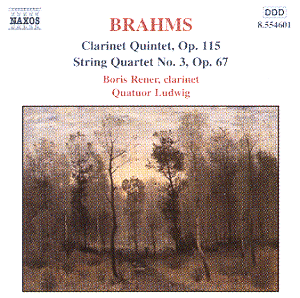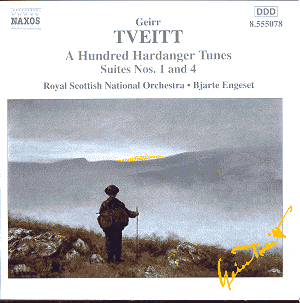 Composer: Franz Krommer
Composer: Franz Krommer
Works: Partitas for Wind Ensemble, Opp. 69, 76, and 79
Performers: Michael Thompson Wind Ensemble
Recording: Recorded at St. Paul’s Church, Rustall, Kent, England, 18-19 November 1996
Label: NAXOS
Franz Krommer, a contemporary of the illustrious Viennese classical giants Haydn, Mozart, Schubert, and Beethoven, often finds himself relegated to the periphery of the classical canon. His Partitas for Wind Ensemble, specifically Opp. 69, 76, and 79, showcase a composer whose works reflect the sociocultural milieu of late 18th and early 19th-century Vienna. Intended for outdoor performance, these pieces exude a certain lightness and charm, echoing the pastoral ideals of the time. However, when heard in a more concentrated format, as on this Naxos recording, their superficiality can become apparent, leading to a question of artistic depth that Krommer’s music struggles to transcend.
The performance by the Michael Thompson Wind Ensemble reveals commendable technical prowess, with each player demonstrating both the finesse and clarity necessary for this repertoire. The ensemble’s precision shines in the rapid passages, particularly in the lively Allegro movements, where the articulation and dynamic contrasts are handled with care. Yet, despite the ensemble’s evident skill, interpretative choices occasionally fall short of igniting the musical material. For example, in the Larghetto sections, one longs for a more profound sense of phrasing and emotional nuance, which could elevate these seemingly simplistic melodies into something more resonant. The execution lacks the depth that one might find in similar works by Haydn or Mozart, who masterfully imbued their melodies with a rich emotional tapestry.
Recording quality is generally commendable, capturing the warm timbres of the wind instruments in the resonant space of St. Paul’s Church. The engineering allows for a balanced mix, enabling the listener to appreciate the individual colors of the ensemble. However, there are moments where the ensemble’s sound feels overly homogenized, lacking the vibrancy and distinctiveness that can characterize more engaging performances of wind music. In comparison to notable recordings, such as those by the Vienna Wind Soloists, which possess an indefinable vivacity, this recording may appear restrained and somewhat lacking in character.
Specific moments within the Partitas highlight both Krommer’s melodic charm and his compositional limitations. For instance, the playful interplay found in the second movement of Op. 69 exhibits a delightful dance-like quality, yet it ultimately feels like a series of pleasant musical ideas that do not coalesce into a larger, more satisfying architectural form. The thematic material, while catchy, often recycles motifs without the transformative development that characterizes the works of his more famous contemporaries, which diminishes their memorability.
Krommer’s Partitas, while certainly reflective of their time and engaging in their own right, stand as testament to a composer who, despite his proximity to the titans of classical music, did not quite achieve the same level of innovation or emotional resonance. The Michael Thompson Wind Ensemble provides a performance that is technically proficient but lacks the interpretative spark to elevate the music beyond its garden-party charm. For those seeking a deeper exploration of early Viennese wind repertoire, this recording may serve its purpose, but it ultimately reinforces Krommer’s status as a minor figure in the pantheon of classical music.



